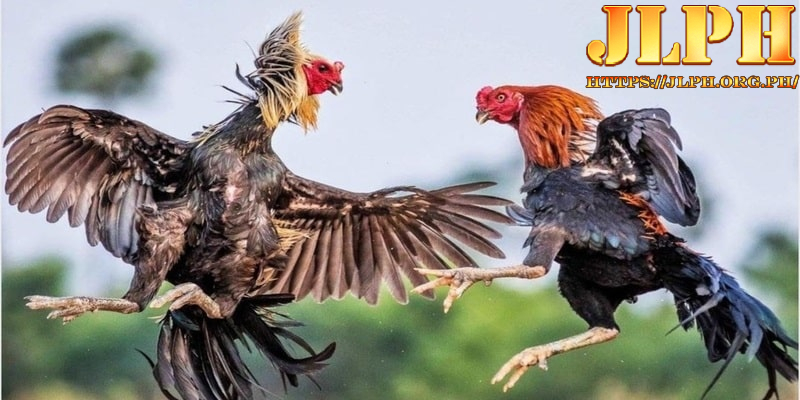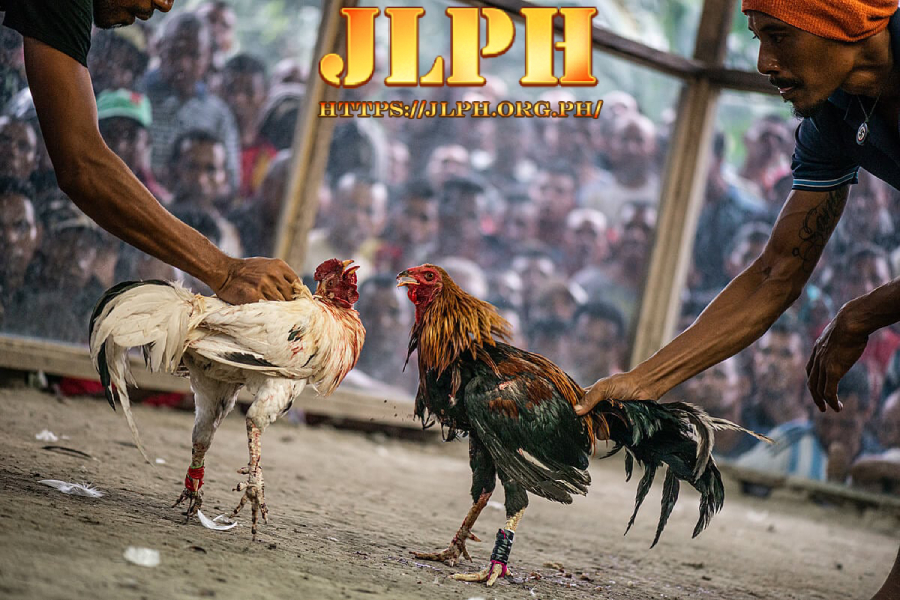What Are The Common Types Of Consecutive Scales In Fighting Cocks?
The term consecutive scales is used to refer to fighting cocks with three consecutive scales that are very rare. Most of them are sought after and sought after by cockfighters. If you want to understand more about the common types of scales in fighting cocks, follow our article below with JLPH.
What Is a Consecutive Scale?
A consecutive scale is a term used to refer to fighting cocks with three consecutive scales, mostly located near the spur or in the middle of the last row of scales. It can be said that this is an extremely rare type of chicken, not many, so it is constantly sought after by cockfighters.
Fighting cocks with this type of scale are mostly very strong, resilient, healthy, and durable. In particular, the strength of these fighting cocks often lies in their strong kicks, causing the opponent to quickly defeat them in the first minutes of the match.
Can Fighting Cocks With Consecutive Scales Compete?
The scaly fighting cocks usually have their own fighting style, different from other normal fighting cocks. Most scaly fighting cocks do not directly enter the battle but usually fight their opponents until they are tired and then launch the decisive blow. If you pay attention, you will see them launch powerful kicks that knock their opponents down immediately.
Fighting chickens with consecutive scales will have a very complicated and difficult care regimen. Therefore, the cockfighter needs to have experience and knowledge to know how to raise them to be healthy, have good health, and fight well.
Classification Of Common Scales In Fighting Cocks
There are many different types of fighting cock scales today, but depending on the scale, you can easily recognize which type is good or bad. Below are some of the most common types of scales that appear most often:
Internal consecutive scales are usually good for fighting chickens
This type of scale is usually located behind the spurs, very large, quite straight. Most of the chickens of this type are usually gentle, easy to care for, easy to hug like a guard. However, when in battle, they have very good physical strength, kicking well against the opponent.
External consecutive scales are easy to recognize
The scales of the chicken are alternating with 3 consecutive scales, which are easy to recognize because they are located right in front of the spurs of the chicken. Most of the fighting chickens with external interlocking scales are quite healthy, stable, very aggressive, and eager to fight. It can be said that this is the type of chicken you should use to participate in the competition.
The best quality consecutive scales
This can be said to be the best quality chicken scales, most of the fighting chickens with this set of scales are brave, healthy, easy to care for, and have a fairly high fighting ability. In addition, the above type of chicken is very popular, so cockfighters can easily find their favorite fighting chicken at the farms, but the price is very high.
Rare consecutive scales in fighting cocks
This type of scale is no longer too strange to cockfighters. Fighting cocks possessing interlocking scales are very rare, even the rarest of all current scales. Most chicken scales are located above the knee, so long-time chicken players can see them right away.
Instructions For Taking Care Of Fighting Cocks With Interlocking Scales Before and After Competition
You need to remember how to raise and train your fighting cocks when they have rare scales as follows to help them have a persistent and resilient fighting ability.
How to take care of fighting cocks with interlocking scales before competition
Most of the brothers who play sabong have the main purpose of competing to win and receive many bonuses. So before the competition day, you need to take care of and train your chicken to have good health and the best performance, specifically as follows:
- Before the competition day, you should wake up at 4am to give the chicken water, but just enough water to avoid choking.
- At 5am, give the chicken a few drops of boiling water or use a dry towel from the day before or a cup to catch dew.
- Absolutely do not let cocks fight each other because it will make them exhausted, weak, lose strength, and get injured. Next, to keep the blood circulating well, you should add a sufficient amount of white wine.
- In the afternoon around 4:30 or 5:00 pm, you can take the chicken out to dry in the sun, spray alcohol again before putting the fighting chicken in to brood.
How to take care of fighting cocks right after a fight
After a chicken with inter-scaled scales has just fought, its feet often have a lot of dirt, blood, and dirt from its opponent. Therefore, the cockfighter needs to take care of the fighting chicken as follows:
- First you need to use warm water to clean off dirt and blood stains on the chicken body.
- Next, use a clean feather dipped in cold water and then brush the feather back to remove dust.
- Next, the cockfighter uses his hand to open the chicken’s mouth and push the chicken’s feathers into the throat to remove phlegm and disease until it is completely clean to prevent the chicken from getting lung fungus.
- Finally, you feed the chicken hot rice combined with the uncle hugging the bruised areas to help the skin heal quickly. Note that you absolutely do not squeeze alcohol directly into open wounds, causing the chicken to sting and hurt.


